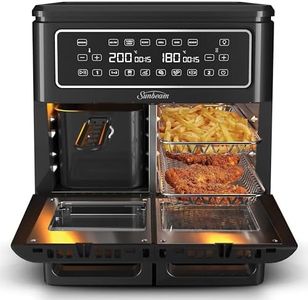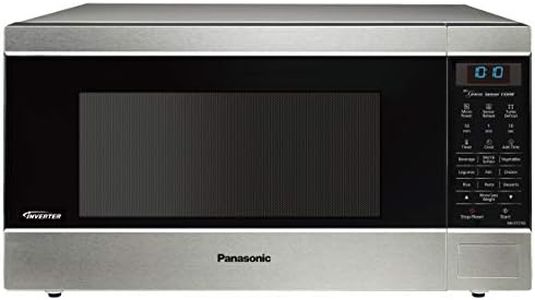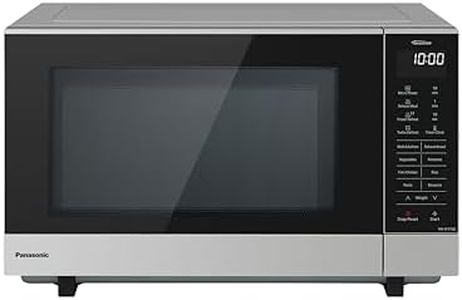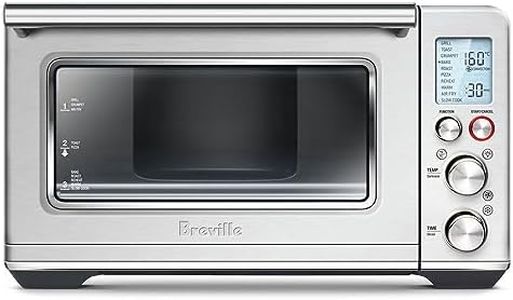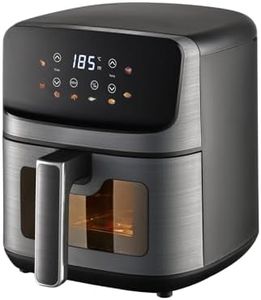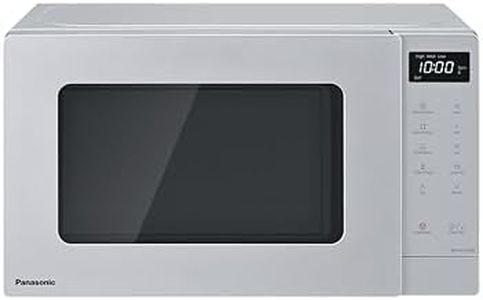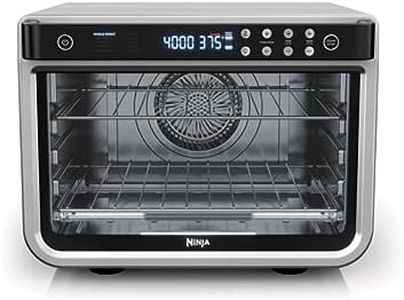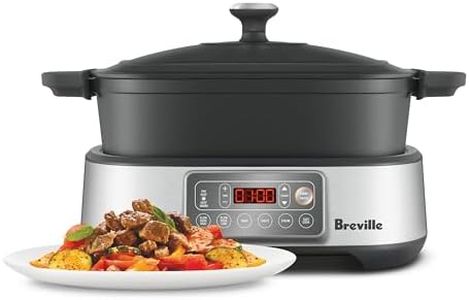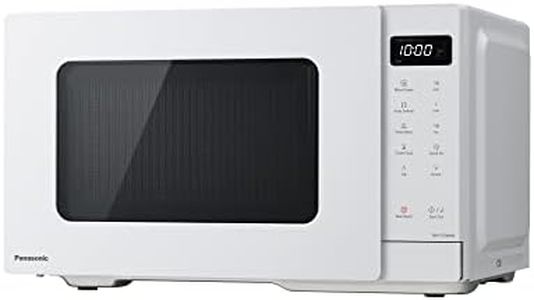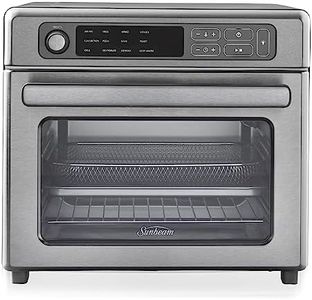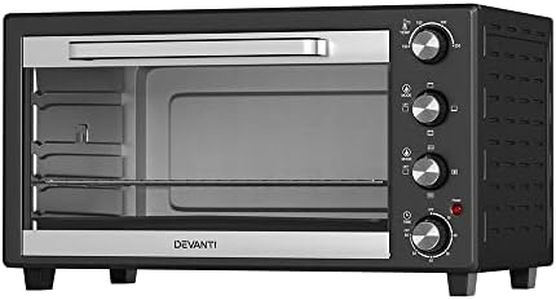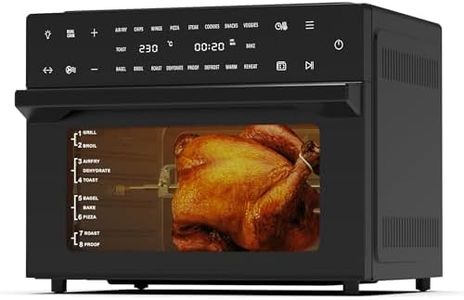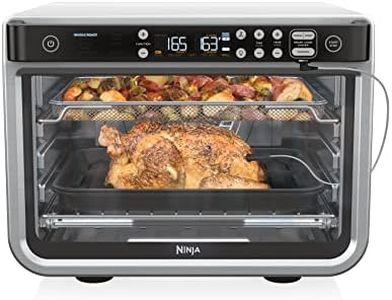We Use CookiesWe use cookies to enhance the security, performance,
functionality and for analytical and promotional activities. By continuing to browse this site you
are agreeing to our privacy policy
10 Best Countertop Ovens
From leading brands and best sellers available on the web.Buying Guide for the Best Countertop Ovens
When choosing a countertop oven, it's important to think about your cooking habits, your kitchen space, and what features you truly need. Countertop ovens can help you bake, toast, roast, and even air fry, but each model comes with its own set of strengths and capabilities. To find the best fit, consider what kinds of food you prepare most often, the sizes of meals you typically cook, and what you'll use your oven for beyond simple toasting or reheating.CapacityCapacity refers to how much food the oven can hold at once, usually measured in liters or by what size pizza/turkey it can fit. This is important because it determines if you can cook large dishes or multiple items together. Small ovens (under 15 liters or fitting 4-slice toast/9-inch pizza) are great for singles or small apartments, while medium (16-25 liters) can handle group meals and more types of baking. Large ovens (25+ liters) fit family-size portions and sizeable roasts. If you often cook for more people or want more versatility, choose on the larger side, but for snacks and small meals, a compact size saves space.
Heating FunctionsHeating functions describe what types of cooking tasks the oven handles—like baking, broiling, toasting, convection, or air frying. More functions mean more flexibility for different recipes. Basic models may only toast or bake, while more advanced ovens include convection (for even cooking and faster baking) or specialized functions like dehydrating or proofing dough. Consider what you actually cook: if you want quick snacks, basic functions suffice; if you want to roast meats or bake evenly, look for convection. If you're adventurous, opt for an oven with extra features.
Temperature RangeTemperature range is how hot the oven can get and how low it can go. This is important for versatility—low temperatures help with slow cooking or warming, while high temperatures are key for crisping, broiling, or baking pizza. Ovens with wide ranges (like 80°F/30°C up to 450°F/230°C) give you more cooking options. Choose a model whose range covers the foods you want to prepare, like if you occasionally bake bread or pizza, go for higher maximum temperatures.
Controls and InterfaceThe controls are how you select time, temperature, and cooking mode—these can be simple dials, digital buttons, or touch screens. This matters because easy-to-use controls make cooking more enjoyable, especially if multiple people will use the oven. Dials are straightforward but less precise; digital controls can be more accurate and offer timers or preset programs. Consider how comfortable you are with various interfaces: for simplicity, stick with dials; if you like having pre-set options, look for digital controls.
Size and Counter SpacePhysical size refers to how much room the oven will take on your countertop. Some ovens are compact and easy to move, while others are quite large and hefty. This is crucial if you have limited kitchen space. Measure your counter area before buying, and think about whether you’ll always keep the oven out or want to store it away when it’s not in use. Choose a size that fits comfortably in your kitchen and matches the amount of food you typically prepare.
Ease of CleaningEase of cleaning is about how simple it is to keep the oven tidy and free from food debris. Removable crumb trays, nonstick interiors, and dishwasher-safe parts make cleaning up after cooking much easier. If you’ll use your oven often or hate scrubbing, look for these features to save time and effort.
